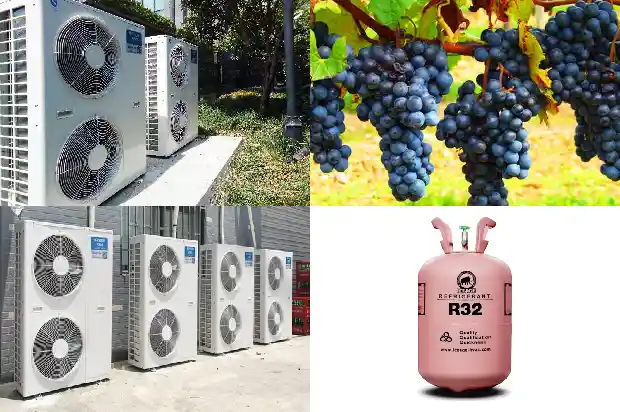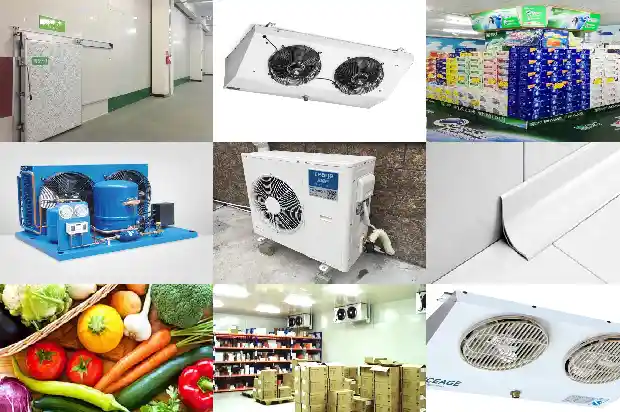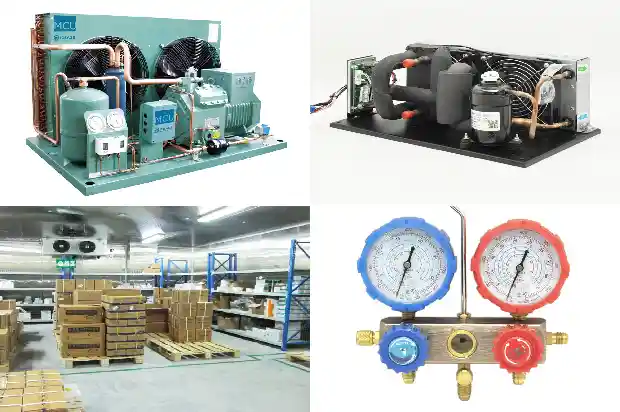Why Can't Ordinary Motors Be Used as Variable - Frequency Motors?
2025-01-05
Ordinary motors are designed according to constant frequency and constant voltage, and cannot fully meet the requirements of frequency converter speed regulation.

- The influence of the frequency converter on the motor is mainly reflected in the efficiency and temperature rise of the motor.
The frequency converter can generate harmonic voltages and currents of different degrees during operation, making the motor operate under non-sinusoidal voltages and currents. The high-order harmonics therein will cause an increase in stator copper loss, rotor copper loss, iron loss and additional losses of the motor. The most significant one is the rotor copper loss. These losses will cause the motor to generate additional heat, reduce efficiency and decrease output power. Generally, the temperature rise of an ordinary motor will increase by 10% - 20%. - The insulation strength problem of the motor
The carrier frequency of the frequency converter ranges from several thousand to tens of thousands of hertz, making the stator winding of the motor bear a very high voltage rise rate, which is equivalent to applying a steep impact voltage to the motor, subjecting the turn-to-turn insulation of the motor to a relatively severe test. - Harmonic electromagnetic noise and vibration
When an ordinary motor is powered by a frequency converter, the vibration and noise caused by factors such as electromagnetism, machinery, and ventilation will become more complex. The various harmonics contained in the frequency conversion power supply interfere with the inherent spatial harmonics of the electromagnetic part of the motor, forming various electromagnetic excitation forces, thereby increasing the noise. Due to the wide working frequency range and large speed variation range of the motor, it is difficult for the frequencies of various electromagnetic force waves to avoid the inherent vibration frequencies of the various structural components of the motor. - Cooling problem at low speeds
When the power supply frequency is low, the losses caused by the high-order harmonics in the power supply are relatively large. Secondly, when the speed of the general motor decreases, the cooling air volume decreases in direct proportion to the cube of the speed, resulting in the inability of the motor to dissipate heat, a sharp increase in temperature rise, and difficulty in achieving constant torque output. - In view of the above situations, the following designs are adopted for variable frequency motors:
- Minimize the stator and rotor resistances as much as possible to reduce the fundamental copper loss and compensate for the increase in copper loss caused by high-order harmonics.
- Design the main magnetic field to be unsaturated. First, consider that high-order harmonics will deepen the magnetic circuit saturation. Second, consider that in order to increase the output torque at low frequencies, the output voltage of the frequency converter can be appropriately increased.
- Structural design, mainly improving the insulation grade; fully considering the vibration and noise problems of the motor; adopting forced ventilation cooling for the cooling method, that is, the cooling fan of the main motor adopts an independent motor driving mode, and the function of the forced cooling fan is to ensure the cooling of the motor at low speeds.
- The distributed capacitance of the coils of the variable frequency motor is smaller, and the resistance of the silicon steel sheets is larger, so that the influence of high-frequency pulses on the motor is smaller, and the inductance filtering effect of the motor is better.
- For an ordinary motor, that is, a power frequency motor, only the starting process and the working condition at one power frequency point need to be considered, and then the motor is designed; while for a variable frequency motor, the starting process and the working conditions at all points within the variable frequency range need to be considered, and then the motor is designed.
- In order to adapt to the PWM width modulation wave output by the frequency converter, which simulates sinusoidal alternating current containing a large number of harmonics, the specially made variable frequency motor can actually be understood as a reactor plus an ordinary motor.
How to distinguish between ordinary motors and variable frequency motors
- Structural differences between ordinary motors and variable frequency motors
- Higher insulation grade requirements
Generally, the insulation grade of a variable frequency motor is F grade or higher, strengthening the insulation to the ground and the insulation strength of the wire turns, and particularly considering the ability of the insulation to withstand impact voltages. - Higher requirements for vibration and noise of variable frequency motors
Variable frequency motors should fully consider the rigidity of the motor components and the whole, and try to increase their inherent frequencies to avoid resonance phenomena with various force waves. - Different cooling methods of variable frequency motors
Variable frequency motors generally adopt forced ventilation cooling, that is, the cooling fan of the main motor is driven by an independent motor. - Different protection measure requirements
For variable frequency motors with a capacity exceeding 160 KW, bearing insulation measures should be adopted. Mainly, it is easy to produce magnetic circuit asymmetry and shaft current.
When the currents generated by other high-frequency components act together, the shaft current will increase significantly, resulting in bearing damage. Therefore, insulation measures are generally required. For constant power variable frequency motors, when the speed exceeds 3000/min, high-temperature resistant special grease should be used to compensate for the temperature rise of the bearings.

- Different heat dissipation systems
The cooling fan of the variable frequency motor is powered by an independent power supply to ensure continuous heat dissipation capacity. - Design differences between ordinary motors and variable frequency motors
- Electromagnetic design
For ordinary asynchronous motors, the main performance parameters considered in the design are overload capacity, starting performance, efficiency and power factor. For variable frequency motors, since the critical slip ratio is inversely proportional to the power supply frequency, they can be directly started when the critical slip ratio is close to 1. Therefore, the overload capacity and starting performance do not need to be overly considered, and the key problem to be solved is how to improve the adaptability of the motor to non-sinusoidal power supplies. - Structural design
In structural design, it is also mainly necessary to consider the influence of non-sinusoidal power supply characteristics on the insulation structure, vibration, noise cooling method and other aspects of the variable frequency motor.
